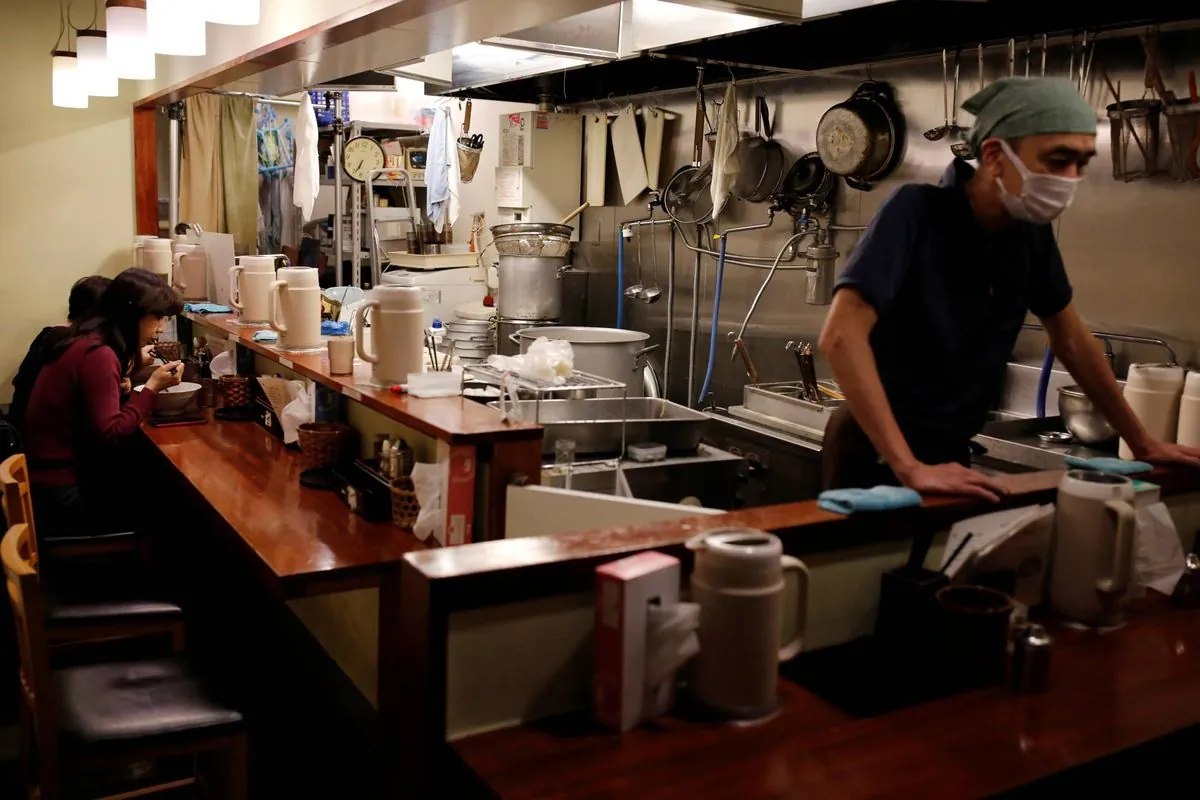In Japan, a nation renowned for its culinary traditions, ramen has long been a beloved and affordable comfort food. However, the iconic dish is now facing unprecedented challenges due to economic pressures. As of August 2024, ramen shops across the country are grappling with rising costs, forcing many to close their doors or consider raising prices beyond the psychological barrier of 1,000 yen (approximately $6.80).
The current situation reflects broader economic trends in Japan, including inflation after decades of stagnation and a weakened yen. According to recent data, 49 ramen establishments filed for bankruptcy in July 2023, setting a pace for a record number of closures in a single year. This represents a small fraction of the over 21,000 ramen eateries in Japan, but it signals a significant shift in the industry.
Tetsuya Kaneko, owner of Mendokoro Isshou in western Tokyo, expressed the industry-wide struggle: "Prices have been rising over the years, but the last three years or so have been unbelievable." Kaneko raised his prices by 50 yen to 1,000 yen for a standard bowl last year, highlighting the difficult decisions faced by ramen shop owners.
The cost of ingredients, labor, and electricity for making ramen has increased by 10% over three years, according to Teikoku Databank, a Tokyo-based corporate research company. This rise in expenses is compounded by Japan's high dependence on food and energy imports, making the country vulnerable to global supply disruptions.
Despite these challenges, ramen culture in Japan remains strong. Each region boasts its own unique style, from the creamy tonkotsu in the south to the miso-based varieties in the north. Ramen's cultural significance is evident in various aspects of Japanese society. For instance, the world's first ramen museum opened in Yokohama in 1994, and some ramen shops have even earned prestigious Michelin stars.
The current crisis has forced ramen shop owners to innovate and adapt. Taisei Hikage, who runs Menya Taisei in western Tokyo, has raised his prices twice since opening in March 2023. He now charges 950 yen for a basic bowl, approaching the 1,000-yen threshold. Hikage noted, "We are at the breaking point of the 1,000-yen wall. It's starting to become unsustainable."
While some customers are adjusting to higher prices, there's concern about ramen becoming unaffordable for its traditional customer base of students and low-income workers. The situation highlights the delicate balance between maintaining quality and accessibility in a changing economic landscape.
"I like ramen a lot, so I think I'd pay up to 2,000 yen if it's really good. But for a normal ramen without toppings, I think 1,500 yen is the max."
As Japan continues to navigate these economic challenges, the fate of its beloved ramen shops remains uncertain. The industry's struggles serve as a microcosm of the broader issues facing the world's fourth-largest economy, including inflation, currency devaluation, and the need for sustainable business practices in a changing global environment.
